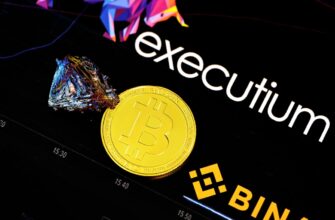Introduction: The Power of International Diversification
Investors seeking global exposure often debate SWISX vs VXUS – two heavyweight funds offering access to international markets. With over 40% of the world’s market capitalization outside the U.S., diversifying beyond domestic stocks is crucial for risk management and growth potential. This 900-word analysis compares Schwab’s SWISX and Vanguard’s VXUS to help you determine which aligns best with your investment strategy.
What is SWISX?
SWISX (Schwab International Index Fund) is a low-cost mutual fund tracking the MSCI EAFE Index, covering developed markets outside North America. Managed by Charles Schwab, it holds approximately 1,000 large and mid-cap stocks from 21 countries including Japan, UK, and France. Key features include:
- Expense Ratio: Ultra-low 0.06%
- Structure: Traditional mutual fund (priced once daily)
- Dividends: Distributed quarterly
- Minimum Investment: $0 for Schwab accounts
- Emerging Markets: Excluded from portfolio
What is VXUS?
VXUS (Vanguard Total International Stock ETF) is an exchange-traded fund providing comprehensive global exposure. It tracks the FTSE Global All Cap ex US Index, encompassing over 8,500 stocks across developed and emerging markets. Notable characteristics:
- Expense Ratio: 0.07%
- Structure: ETF (trades like a stock throughout market hours)
- Geographic Coverage: 100+ countries including China, Brazil, and Taiwan
- Market Caps: Includes small, mid, and large-cap companies
- Dividends: Quarterly distributions with foreign tax credit benefits
Key Differences Between SWISX and VXUS
While both offer international diversification, critical distinctions impact portfolio construction:
- Market Coverage: SWISX covers only developed markets (EAFE), while VXUS includes emerging markets (23% of holdings).
- Investment Structure: SWISX is a mutual fund requiring end-of-day trading; VXUS is an ETF with intraday liquidity.
- Diversification Depth: VXUS holds 8,500+ stocks vs SWISX’s ~1,000, offering broader exposure.
- Tax Efficiency: ETFs like VXUS typically generate fewer taxable events than mutual funds.
- Brokerage Compatibility: SWISX is commission-free only at Schwab; VXUS trades free at most major brokerages.
Which Fund Should You Choose?
Your decision depends on three key factors:
- Market Exposure Needs: Choose VXUS for true global diversification including emerging markets. Opt for SWISX if you specifically want developed-market exposure.
- Account Type & Brokerage: Schwab users benefit from SWISX’s zero minimums and automatic investing. VXUS offers flexibility for non-Schwab accounts and active traders.
- Cost Sensitivity: Both have minuscule expense ratios (0.06% vs 0.07%), making cost differences negligible for most investors.
Pro Tip: Combine SWISX with an emerging markets fund for comparable VXUS exposure while maintaining separate allocation control.
FAQ Section
Q: Does SWISX include Canadian stocks?
A: No. SWISX follows the MSCI EAFE Index, which excludes North America (Canada/U.S.).
Q: Can I hold VXUS in a Schwab account?
A: Yes. VXUS trades commission-free at Schwab despite being a Vanguard ETF.
Q: Which fund has better dividend yields?
A: Historically comparable – both yield around 3-4%. VXUS offers slight tax advantages via foreign tax credits.
Q: Is automatic investing possible with VXUS?
A: Only through brokerages supporting fractional ETF purchases. SWISX allows automatic dollar-cost averaging natively at Schwab.
Final Verdict: VXUS wins for comprehensive one-stop global exposure, while SWISX excels for Schwab users targeting cost-efficient developed markets. Both remain best-in-class options for international allocation.








